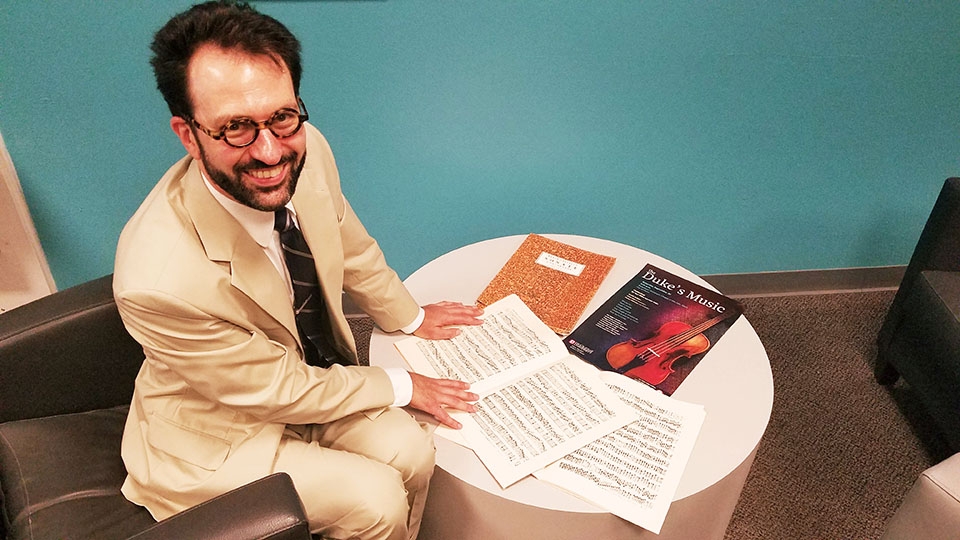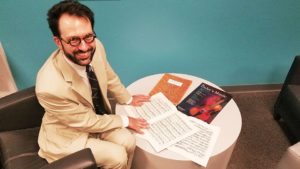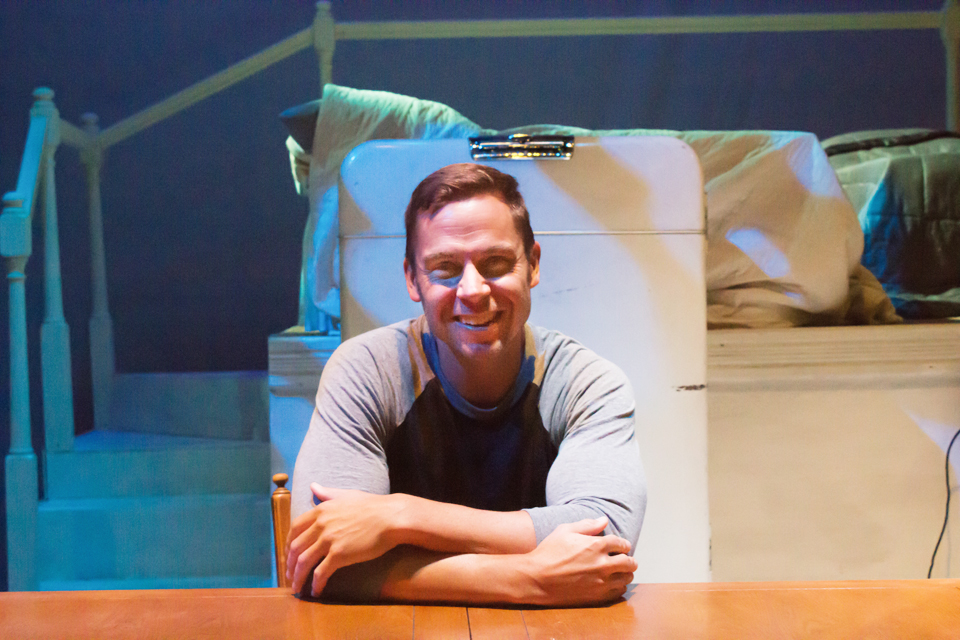

Paul Miller is a Mary Pappert School professor of music theory and a performer specializing in 17th and 18th century music. He earned his Ph.D. at Eastman School of Music.
By Josiah Martin | Staff Writer
09/28/17
A new musical ensemble has sprung up on campus — one dedicated to celebrating Duquesne University’s history by playing music that would have been familiar to Marquis Michelange Duquesne de Menneville, the university’s namesake.
The Duke’s Music, as the group is known, offers a chance to “get into [Baroque] music through the guy that we named the school after,” according to founder and music theorist Paul Miller, who plays Baroque violin for the group.
To best exemplify the differing musical styles of the 18th century, Miller and The Duke’s Music have chosen a variety of pieces from both Italy and France for the group’s inaugural performance on Sept. 30. The two countries had vastly different approaches to musical composition, a distinction that Miller says may be lost on modern listeners at first.
“What few people grasp is that there’s a very big difference in the 17th and 18th century between French and Italian music,” Miller said. “It was kind of like the difference between country and rap. It was a significant difference.”
The upcoming performance will feature pieces by Italian composers, including Dario Castello and Biagio Marini, and French composers, such as Jean-Joseph de Mondonville and Élisabeth Jacquet de La Guerre. Jacquet de La Guerre has the distinction of being the only female composer on the list. Miller considers her to be among the best of her time, and one of the few female composers of the era to be recognized as such.
“Élisabeth Jacquet de La Guerre [was] an amazing female composer. Not many of them in the 18th century,” Miller said. “I really wanted to have her on there because I love her music, and it is a great way of just saying ‘Hey, there’s more to it than just dead white men.’”
The Duke’s Music intends not only to play the music of Marquis Duquesne’s era, but also play it on period-accurate instruments. Patricia Halverson, who also plays in Pittsburgh’s Chatham Baroque ensemble, will be playing the viola da gamba in The Duke’s Music, an instrument that bears a resemblance and fills a similar role to that of a cello but features six strings and movable frets.
“The gamba was very well liked in France, and quite popular in Italy, too,” Miller said. “Patty [Halverson] studied at Stanford and then in Holland and learned all this great stuff about how to play Baroque Music.”
Justin Wallace, Ohio-native composer as well as an organist for Shadyside Presbyterian Church, will play the harpsichord in The Duke’s Music. Wallace, the chair of the Pittsburgh Organ Academy, has a particular interest in the harpsichord, according to Miller.
“It’s his own harpsichord, he bought it … and he knows how to fix the harpsichord,” Miller said. “Practically, he could build a harpsichord himself.
“If something goes wrong with the instrument, he could fix it, which is awesome,” Miller laughed.
Miller says that these three instruments alone are enough for an accurate Baroque band, which was intended for small venues. This makes these pieces suitable for the Chapel of the Holy Spirit at Duquesne, where The Duke’s Music’s first concert will be held on Saturday, Sept. 30 at 7:30 pm.
Later this year, the group will be expanded to include Duquesne and Carnegie-Mellon University grad students. This version of the group will be playing a concert of largely Viennese music on February 16 in the Pappert Center.



